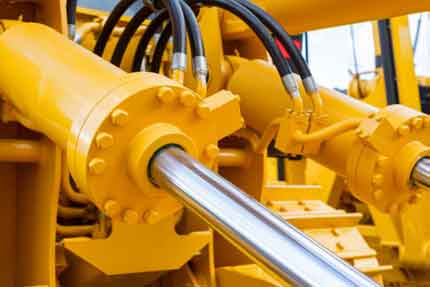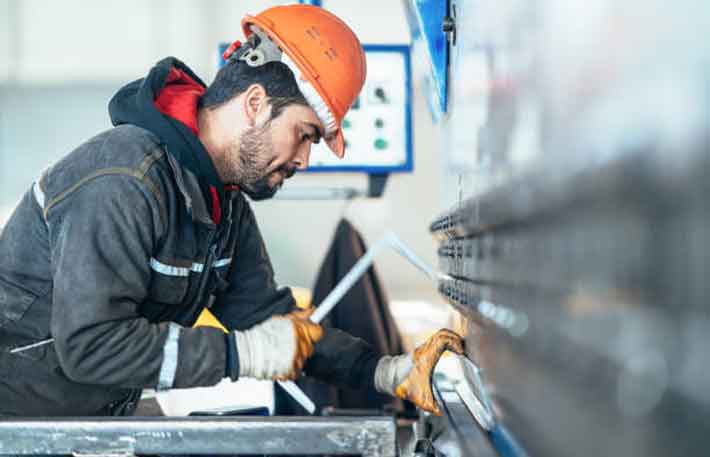Whether you are a first timer or have been working in the metalworking industry for years, it is important to have an understanding of what a press brake is and how it works. By knowing how a press brake is used, you will be able to make better purchasing decisions when you buy one.
Hydraulic

Using hydraulic press brakes to form metal is an important part of the sheet metal fabrication process. These machine tools are ideal for manufacturing and reducing stress levels. With advances in technology, they have increased production and made the manufacturing process more efficient.
There are many different types of hydraulic press brake available in the market today. There are small compact hydraulic presses, medium sized hydraulic presses and large hydraulic presses for thick materials. The type of hydraulic press that you need will depend on your application.
A hydraulic press can produce large amounts of pressure over a small surface area, and this pressure can be controlled to fit your needs. Hydraulic brakes are also safe and reliable. They can be operated manually or automatically, with a variety of speed settings.
There are two main types of hydraulic brakes, direct and indirect. The direct type uses a small piston to produce pressure. The indirect type uses a larger piston to produce a larger mechanical force.
Pneumatic
Basically, a pneumatic press brake uses air pressure to drive the ram. They are often used in lower tonnage operations.
They have several advantages over mechanical press brakes. They are faster and have easier controls. They also have a lower tonnage limit. They can be placed in virtually any location.
Press brakes can be used to form “U” shaped parts, enclosed parts, and even metal pipes. They can also shear metal plates.
Press brakes come in different classes. The weight of the machine is one of the main factors. It is also important to consider the accuracy and control system.
There are two major types of presses: hydraulic and pneumatic. Hydraulic press brakes use hydraulic fluids to drive a ram. The ram is connected to a piston rod in the center of the left and right oil cylinders. These cylinders are each connected to a servo valve to redistribute the flow.
Mechanical press brakes are similar to hydraulic presses in that they use a flywheel powered by an electric motor. They are faster and more accurate. Their parts include the ram, the workbench, and the electric motor.
Servo-electric
Servo-electric press brakes are highly efficient and eco-friendly, and can improve operator safety and productivity. As a result, servo-electric presses are increasingly becoming popular in the sheet metal industry.
Servo-electric press brakes use an all-electric actuation system that eliminates mechanical flywheels. Compared to hydraulic press brakes, servo-electric press brakes can save up to 50%-60% of electricity costs. This is because they only use electricity when they are in motion, instead of running hydraulic pumps all day.
The transmission system of a pure electric servo press brake does not require maintenance, and only requires regular lubrication. This reduces the cost and environmental impact of hydraulic press brakes, while also improving the accuracy of bending.
The latest press brakes also have fast cycle times and better visibility for operators. Modernized press brakes can be Industry 4.0 ready, meaning they can integrate secondary systems to improve productivity and safety.
Today’s press brakes are also more comfortable to operate. They feature larger touchscreen controllers and faster response times. In addition, they are quieter and have brighter work areas for better operator comfort.
CNC
Using a press brake allows you to form metal parts without melting. It can also fuse parts together without the use of heat. This can help you achieve structural integrity.
When selecting a press brake, you need to decide what your requirements are. Consider how much space you have available and the number of axes. Also, you should consider the complexity of your designs. There are a number of factors to consider, including cost, automation, and energy usage.
Having the right setup is essential to the long life of your press brake. For example, if you’re producing heavy or thick workpieces, you may want to consider a press brake with a lower tonnage. This will allow you to bend thicker materials with greater force.
Summary:
To ensure the quality of your work, it is important to set up your press brake properly. This can be done through resetting the onboard computer, which can solve a variety of problems.

